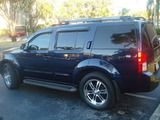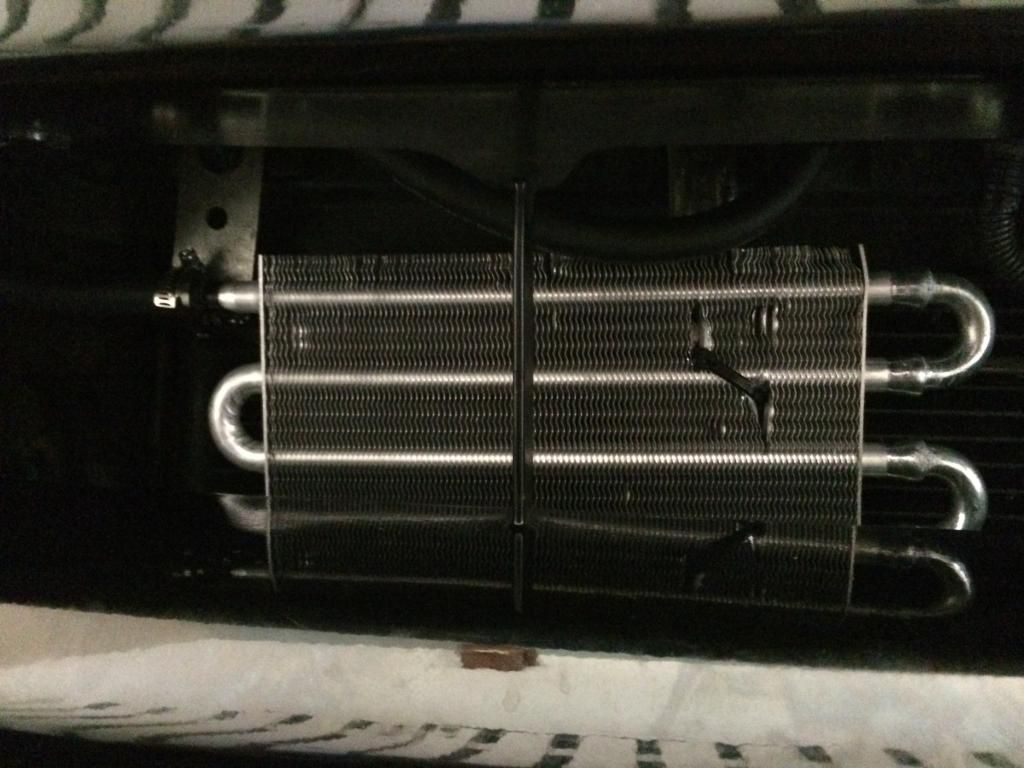Its in good shape and it was always in its box with everything. I am thinking of performing the install myself this weekend(not very experienced but determined!) and I wanted to know if anyone had tips on where to mount it.
This cooler(see pic) has no brackets, just zip ties to go through the radiator. Could I mount it on top of the factory cooler? Any tips on how to mount it or make a bracket for it? Thanks!




